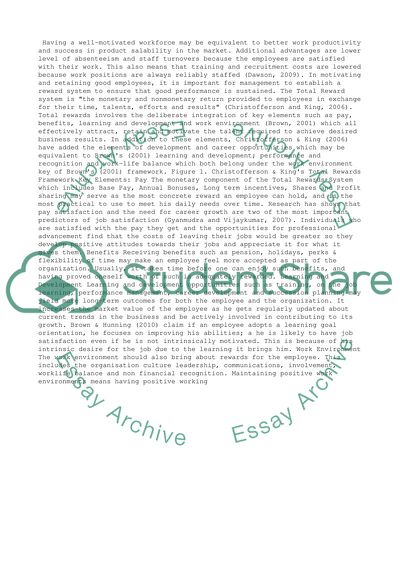Cite this document
(“Employee rewards and management Essay Example | Topics and Well Written Essays - 1500 words”, n.d.)
Retrieved from https://studentshare.org/management/1449791-employee-rewards-and-management
Retrieved from https://studentshare.org/management/1449791-employee-rewards-and-management
(Employee Rewards and Management Essay Example | Topics and Well Written Essays - 1500 Words)
https://studentshare.org/management/1449791-employee-rewards-and-management.
https://studentshare.org/management/1449791-employee-rewards-and-management.
“Employee Rewards and Management Essay Example | Topics and Well Written Essays - 1500 Words”, n.d. https://studentshare.org/management/1449791-employee-rewards-and-management.


